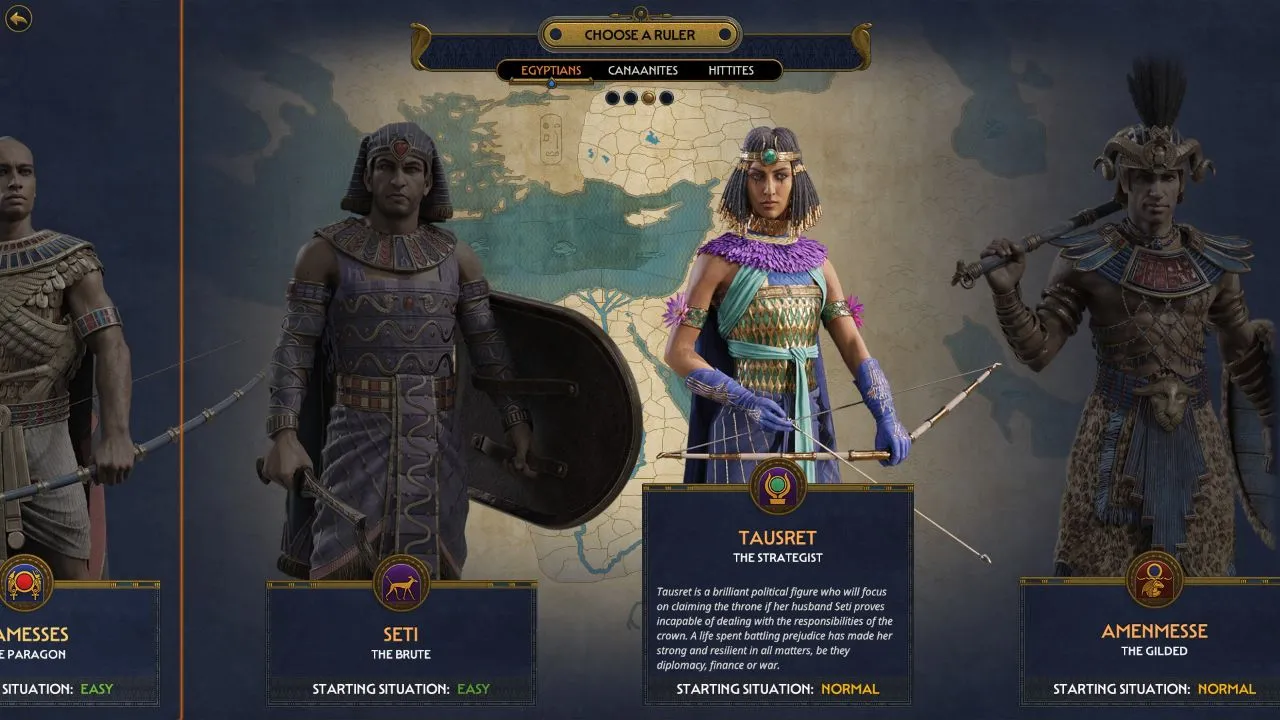
Total War: PHARAOH – A Return to Historical Roots, But Does it Deliver?
Since the release of Total War: Warhammer in 2016, Creative Assembly has fundamentally shifted the Total War series towards fantasy and epic narratives, featuring characters wielding magic and superhuman abilities. This transition, while successful, required a significant overhaul of the core game mechanics, culminating in the well-received Total War: Warhammer III. Even Total War: Three Kingdoms experimented with blending this novel approach with the historical gameplay familiar to long-time fans. However, this proved challenging, demonstrating that merging the two styles wasn’t simply a matter of adjusting character stats.
Following the Warhammer trilogy’s success, Creative Assembly has returned to its historical roots with Total War: PHARAOH, a new title set in a previously unexplored era. This aims to reintroduce traditional values to the series and cater to fans of the classic historical titles. But does this return live up to expectations? Let’s delve into a comprehensive review.
The Collapse of the Bronze Age
Departing from the mythological tales of Total War Saga: Troy, Total War: PHARAOH immerses players in the ancient world during the Bronze Age collapse. This tumultuous period witnesses the decline of Egyptian society, the rise of North African nomadic tribes, and the expansion of Anatolian peoples, creating unprecedented political, economic, and social upheaval in the Nile River basin. This instability weakens the once-mighty Egyptian empire, leaving it vulnerable to external forces and internal political machinations.
 The intricate campaign map of Total War: PHARAOH
The intricate campaign map of Total War: PHARAOH
The initial impression of Total War: PHARAOH is its increased difficulty compared to other historical titles like Total War: Rome II. Players are constantly engaged in battles against rival factions, nomadic raiders, and even invasions from across the sea. This challenge extends to the complex building management system, research options, and diplomatic interactions, bringing the campaign closer to a 4X experience akin to Sid Meier’s Civilization VI or Humankind.
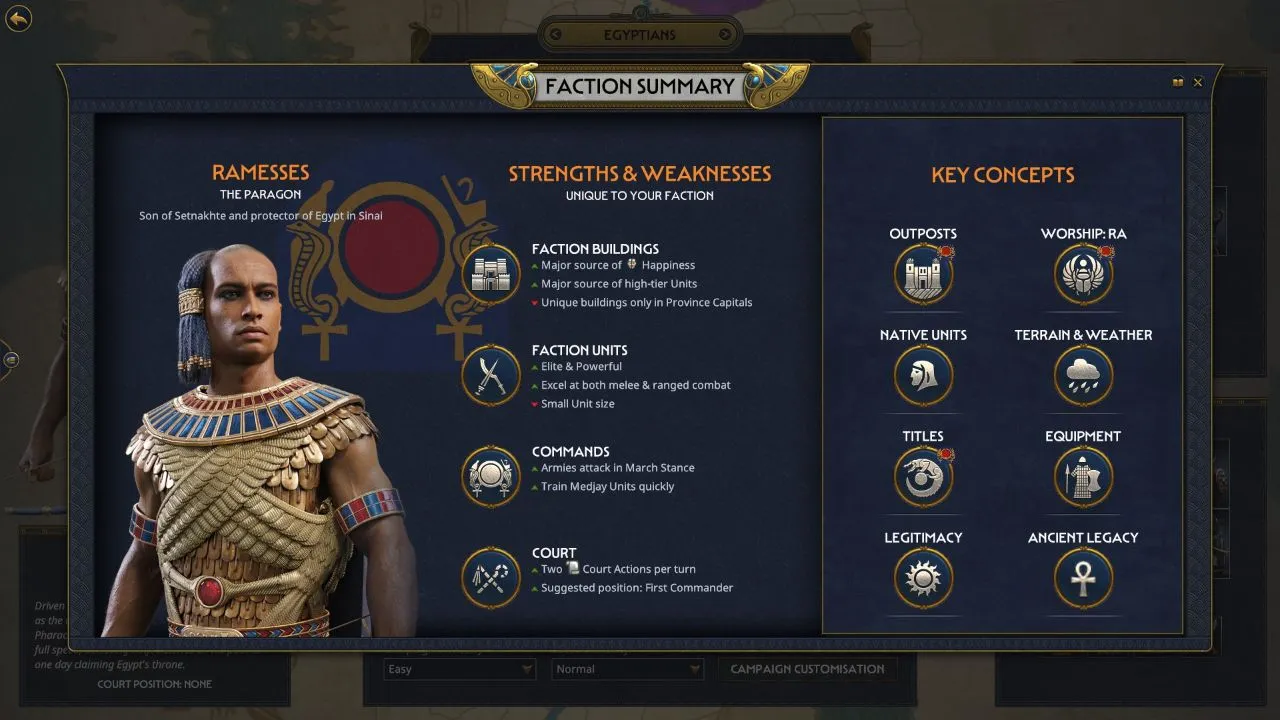 A battle scene depicting the clash of armies in Total War: PHARAOH
A battle scene depicting the clash of armies in Total War: PHARAOH
Fortunately, the developers have integrated a helpful tutorial system for newcomers, intuitive menus, and some automation features that simplify managing the numerous parameters. This approach is reminiscent of how Crusader Kings III guides players through its complex systems. Despite these aids, even seasoned Total War players will require time to master the nuances of ancient Egyptian governance and develop their preferred management strategies.
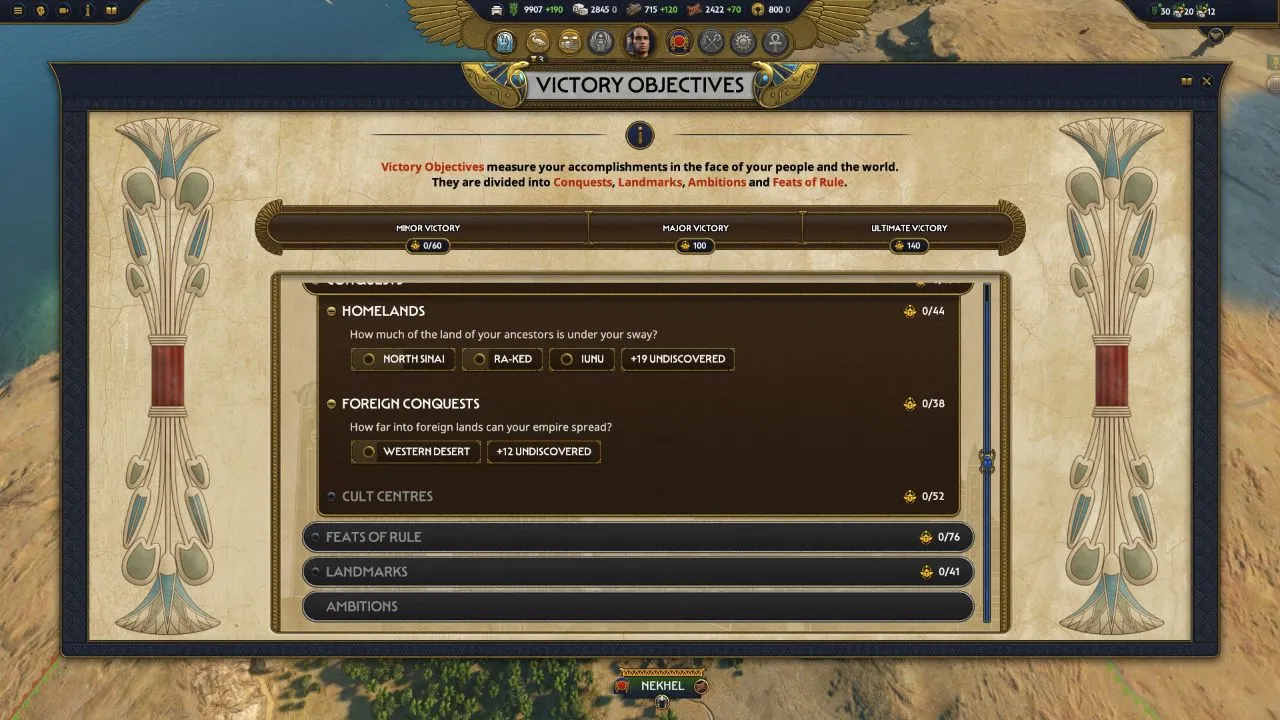 Detailed unit models in Total War: PHARAOH
Detailed unit models in Total War: PHARAOH
The campaign scenarios are well-crafted, particularly for the Egyptian factions. Each playable leader possesses a unique personality and storyline, albeit occasionally exaggerated or historically inaccurate. The political influence system is heavily character-driven, with individual traits significantly impacting territorial development and triggering events. This influence from the fantasy titles adds a narrative focus to the campaign, making it more engaging than purely historical predecessors.
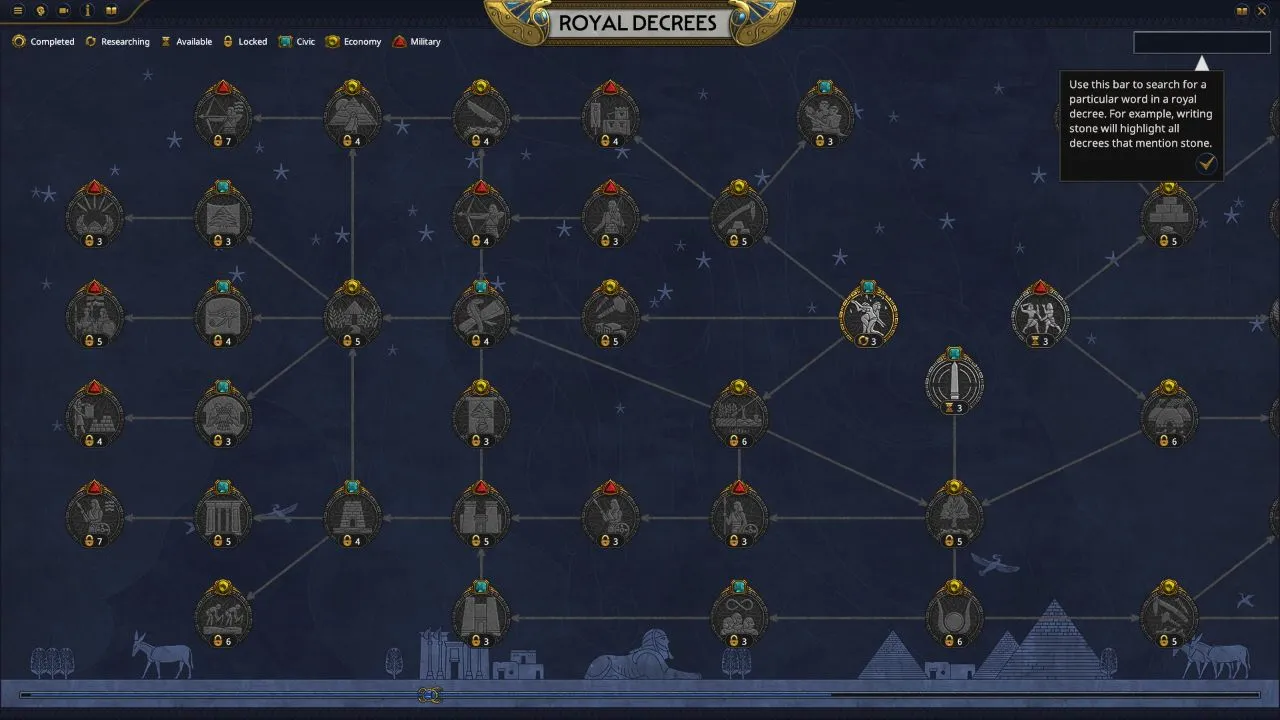 The diverse unit roster of Total War: PHARAOH
The diverse unit roster of Total War: PHARAOH
While battles don’t drastically deviate from previous installments, a closer look reveals a slightly slower pace. Unit statistics and animations are meticulously designed, creating a more measured combat experience, whether in open field battles or sieges. This is appropriate, considering the armies in Total War: PHARAOH are composed of regular humans rather than fantastical creatures.
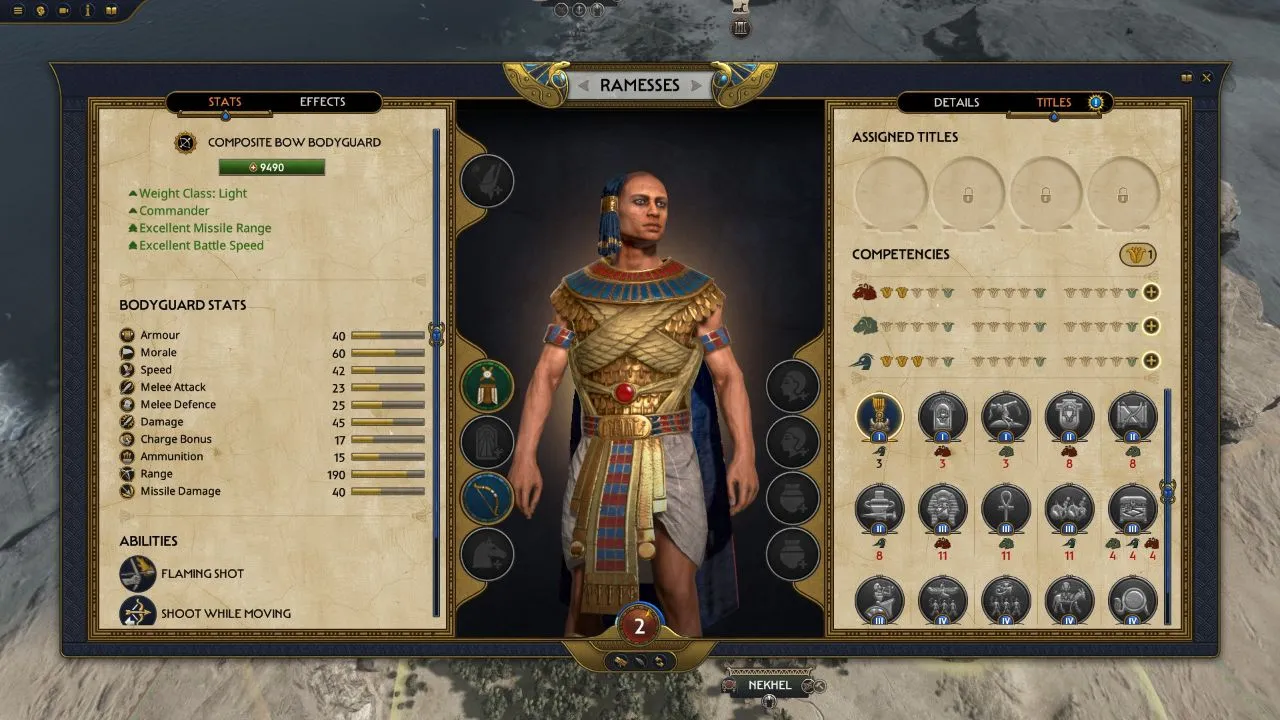 A close-up view of the unit models showcasing the game's graphics.
A close-up view of the unit models showcasing the game's graphics.
Although adhering to the traditional rock-paper-scissors unit dynamics, each faction boasts unique units reflecting their cultural strengths. For example, the Egyptians field powerful heavy infantry, while the Hittites excel with armored chariots dominating the Anatolian plains.
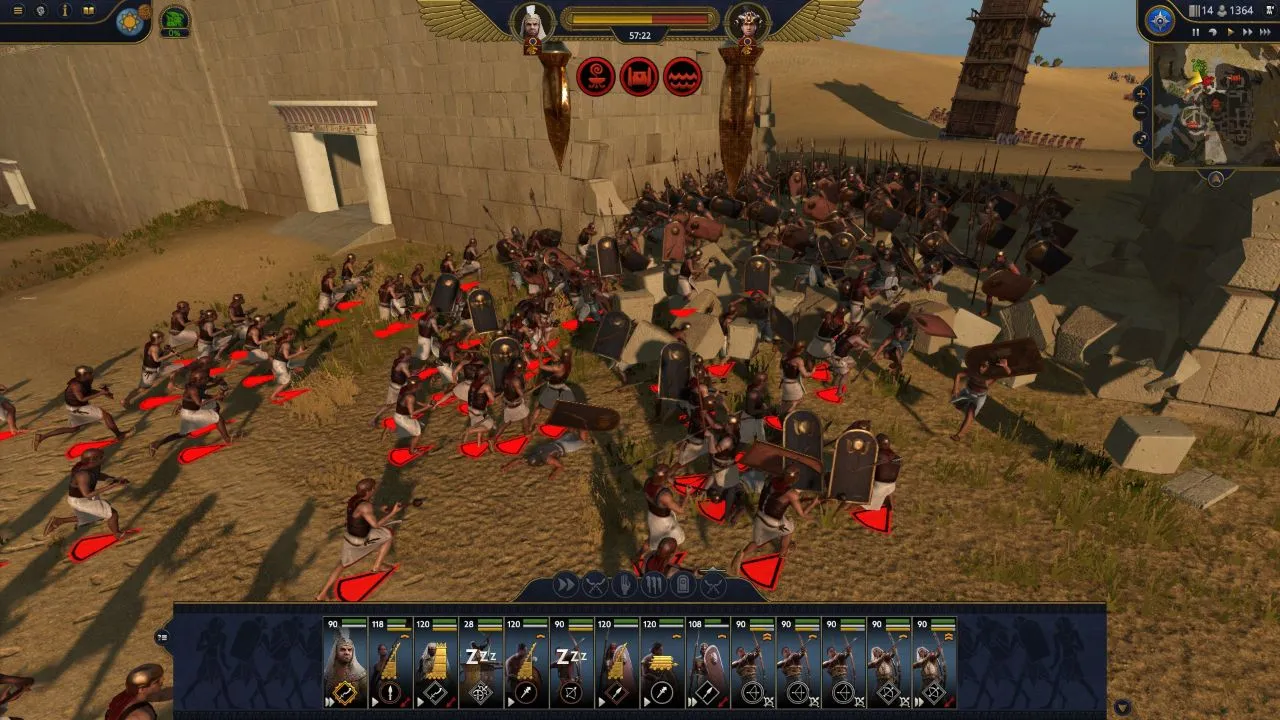 An example of the game's environment and terrain.
An example of the game's environment and terrain.
The game’s visuals are well-executed, with detailed models and terrain. The bright color palette complements the intricate depictions of cities and outposts, each reflecting the distinct architectural styles and cultural aesthetics of different regions.
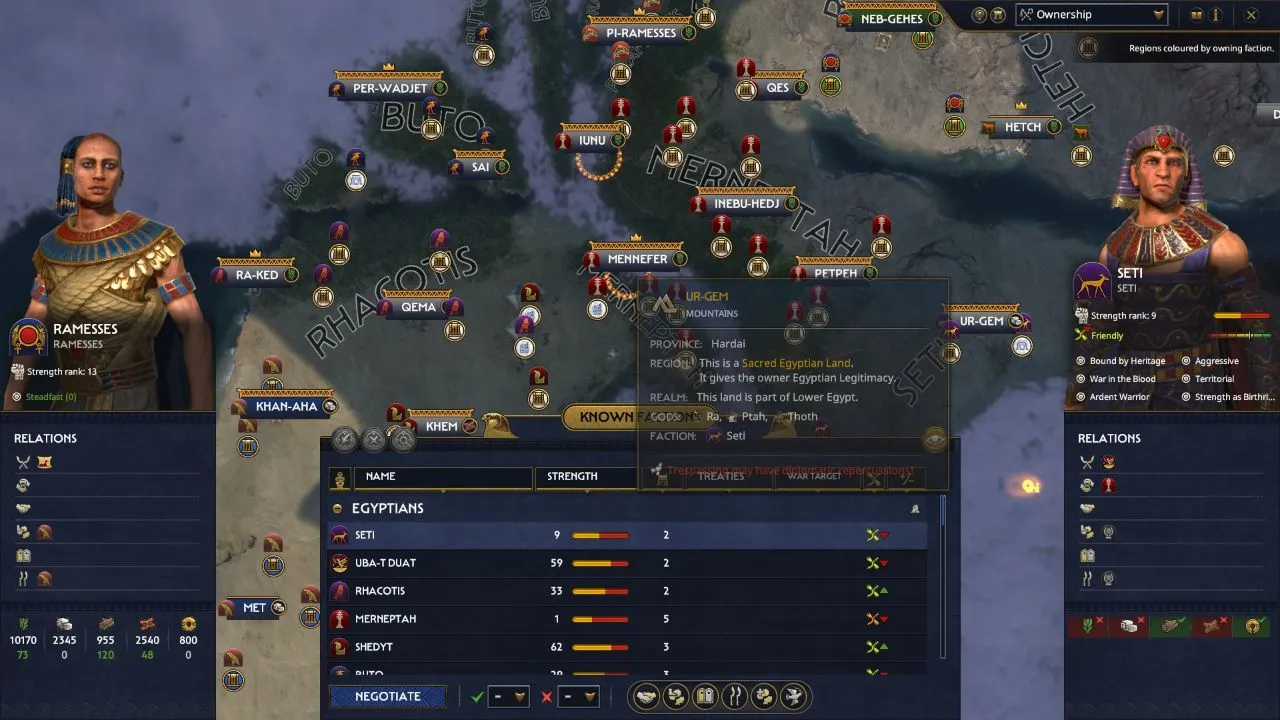 A city view in Total War: PHARAOH
A city view in Total War: PHARAOH
The soundtrack effectively enhances the atmosphere of intense battles and maintains player engagement during the campaign, although it incorporates anachronistic Arabic influences.
A Sense of Unfulfillment
Despite offering a decent historical experience, Total War: PHARAOH suffers from several shortcomings that detract from overall enjoyment. While the Egyptian factions boast detailed governance systems, campaign scenarios, and storylines, other factions, like the Hittites and Canaanites, feel underdeveloped. They lack unique events and narratives, despite their historical significance as rising powers in the ancient Near East.
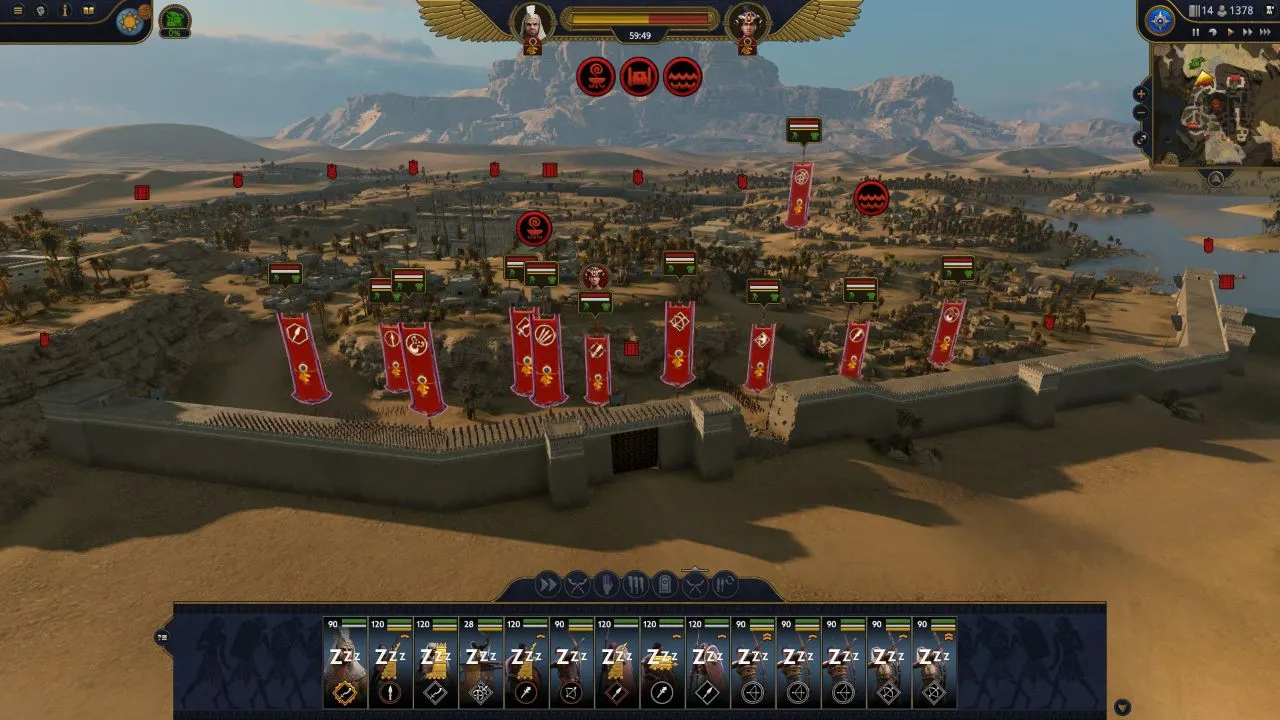 Another battle scene showcasing the game's combat.
Another battle scene showcasing the game's combat.
Furthermore, despite its historical setting, Creative Assembly has taken liberties that deviate from historical accuracy. Ramesses’ introductory cinematic, for instance, feels disconnected and lacks the epic scope of previous titles, undermining the intended heroic portrayal.
Battles also feel somewhat uninspired, resembling reskinned versions of Total War Saga: Troy with minimal changes to unit animations and functionality. This repetition can diminish player engagement.
Technically, Total War: PHARAOH lacks modern graphical features like Ray Tracing or FSR, further contributing to the sense that it’s a rehash of previous titles. These issues led to negative community reviews upon release, with some criticizing the game as a mere reskin of Total War Saga: Troy.
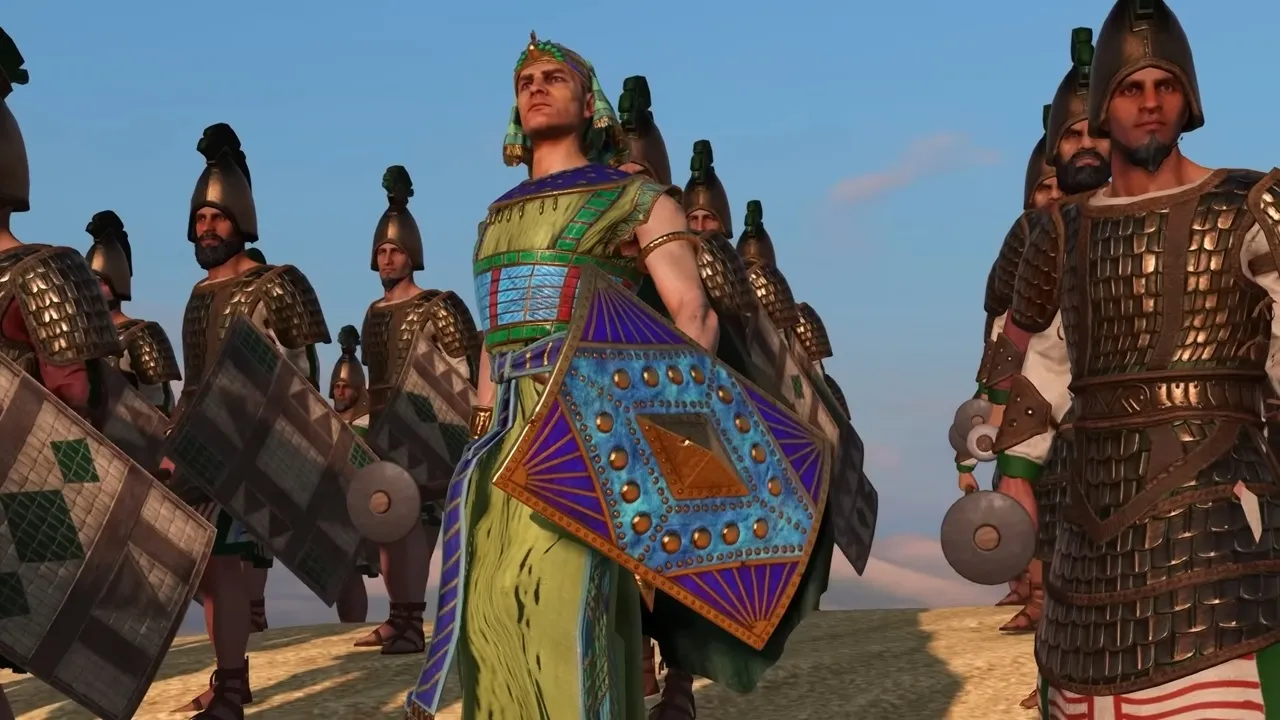 A screenshot of the game's user interface
A screenshot of the game's user interface
Conclusion
Total War: PHARAOH marks a return to the historical setting for the series, offering a deep campaign, expanded management features, and preservation of core gameplay elements. However, its shortcomings, including underdeveloped factions, historical inaccuracies, and a lack of technical innovation, hinder its potential. While enjoyable, it ultimately leaves a sense of unfulfillment, raising questions about whether it truly delivers on its promise.





Comments (0)